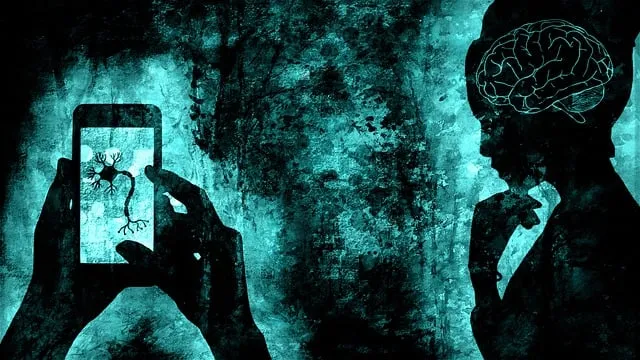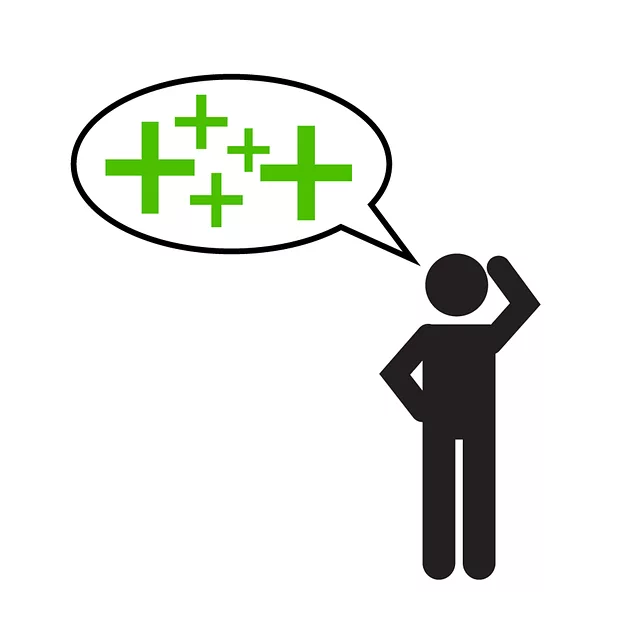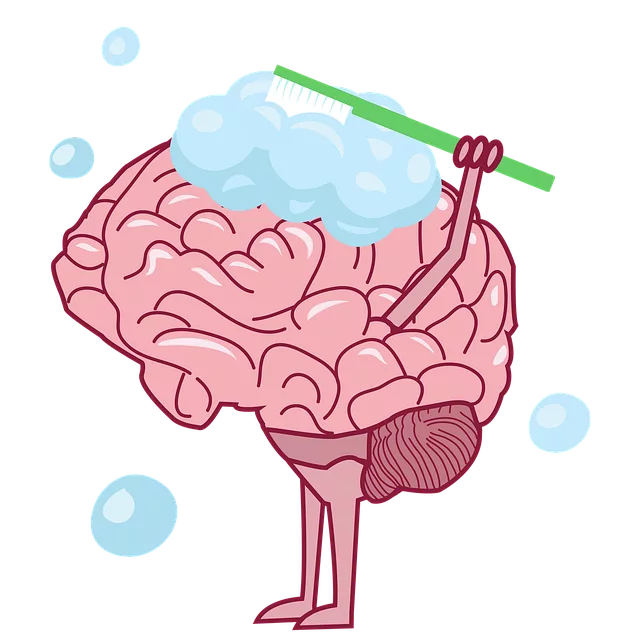OCD and anxiety disorders are interconnected, leading to a cycle of intrusive thoughts and repetitive behaviors. Kaiser Cognitive Behavioral Therapy (KBT), integrating Mindfulness-Based Stress Reduction (MBSR) techniques, effectively challenges negative thought patterns and reduces symptoms over time. CBT is adaptable, successful across settings, and empowers individuals to manage their conditions, including ADHD, in various life domains like work. Preparing for CBT involves identifying thoughts and behaviors, while post-session resources and strategic planning support ongoing progress.
Overcoming Obsessive-Compulsive Disorder (OCD) and anxiety can be transformative, and professional help is a vital step towards recovery. This article explores effective strategies with a focus on Kaiser Cognitive Behavioral Therapy (CBT), a game-changer in mental health treatment. We’ll delve into the common symptoms of OCD and anxiety, highlighting their impact on daily life. Understanding CBT’s role, benefits, and techniques offers hope and guidance. Learn what to expect during your first session and discover supportive resources for an empowering journey towards managing and overcoming these challenges.
- Understanding OCD and Anxiety: Common Symptoms and Challenges
- The Role of Kaiser Cognitive Behavioral Therapy (CBT) in Treatment
- Benefits and Techniques of CBT for Overcoming OCD and Anxiety
- Preparing for Your First CBT Session: What to Expect
- Supportive Resources and Next Steps After Starting CBT Therapy
Understanding OCD and Anxiety: Common Symptoms and Challenges

Understanding OCD and Anxiety: Common Symptoms and Challenges
Obsessive-Compulsive Disorder (OCD) and anxiety disorders are often intertwined, creating a complex web of symptoms that can significantly impact daily life. Individuals with OCD typically experience intrusive thoughts or obsessions that trigger intense anxiety. To alleviate this distress, they engage in repetitive behaviors or rituals, known as compulsions. This cycle can become debilitating, consuming significant time and energy, and interfering with personal relationships and work performance. Common obsessions include fear of contamination, need for symmetry or order, and obsessive thinking about harming oneself or others. Compulsions may involve excessive cleaning, counting, checking, or mental rituals to quiet the anxiety.
The challenges posed by OCD and anxiety extend beyond the immediate symptoms. They can lead to social isolation, low self-esteem, and difficulties in various aspects of life. For instance, an individual with OCD might avoid social situations due to fear of contamination, impacting their personal relationships and social support network. Integrating evidence-based treatments like Kaiser cognitive behavioral therapy (KBT) and Mindfulness-Based Stress Reduction (MBSR) can be transformative. KBT for anxiety disorders, including OCD, focuses on identifying and changing unhelpful thought patterns and behaviors. Body image CBT is another specialized approach that addresses the unique challenges faced by individuals struggling with body image issues and anxiety.
The Role of Kaiser Cognitive Behavioral Therapy (CBT) in Treatment

Kaiser Cognitive Behavioral Therapy (CBT) plays a pivotal role in treating OCD and anxiety disorders. This evidence-based approach focuses on identifying and modifying unhelpful thought patterns and behaviors that contribute to distress. By teaching individuals effective coping strategies, CBT empowers them to challenge negative thoughts and engage in healthier actions, thereby reducing symptoms of OCD and anxiety over time.
One unique aspect of Kaiser CBT is its integration of mindfulness techniques, aligning with Mindfulness-Based Stress Reduction (MBSR) principles. This combination not only enhances traditional CBT but also fosters a deeper understanding of the present moment, allowing individuals to develop increased self-awareness and resilience in managing their conditions. Whether applied to funeral counseling or adolescent cognitive behavioral therapy, Kaiser CBT’s adaptability makes it a powerful tool for addressing a range of OCD and anxiety concerns.
Benefits and Techniques of CBT for Overcoming OCD and Anxiety

Cognitive Behavioral Therapy (CBT) has proven to be a highly effective approach for managing OCD and anxiety disorders. This form of psychological treatment focuses on identifying and modifying negative thought patterns and behaviors, offering individuals practical tools to cope with their conditions. By challenging distorted thoughts and learning new strategies, CBT empowers people to take control of their lives and reduce symptoms associated with OCD and anxiety.
The benefits of CBT extend beyond the therapeutic setting. It equips individuals with skills that can be applied in various aspects of life, including the workplace. Many workplaces now offer counseling services tailored to address mental health concerns, ensuring employees receive support. Even for adolescents or those with ADHD, CBT has shown remarkable results, providing a framework to navigate and manage these conditions effectively alongside traditional treatment methods.
Preparing for Your First CBT Session: What to Expect

Preparing for your first Kaiser Cognitive Behavioral Therapy (CBT) session is an important step in managing OCD and anxiety. Before your appointment, take some time to understand what CBT involves. This form of therapy focuses on identifying and changing negative thought patterns and behaviors that contribute to anxiety and obsessive-compulsive disorders. Your therapist will guide you through this process, but being prepared can enhance the effectiveness of your sessions.
During your first session, expect an initial assessment where your therapist will discuss your symptoms, medical history, and any previous experiences with therapy. They might ask about your daily routines, obsessions, and compulsions to gain a comprehensive understanding of your condition. Mindfulness techniques, often integrated into CBT, can help you become more aware of your thoughts and emotions without judgment, a skill that empowers you in managing anxiety. While CBT is highly effective for various mental health conditions, including CBT for grief and loss or CBT therapy for teens with mood disorders, remember that therapy is a collaborative process, and active participation is key to achieving positive outcomes.
Supportive Resources and Next Steps After Starting CBT Therapy

After beginning Kaiser Cognitive Behavioral Therapy (CBT), it’s crucial to arm yourself with supportive resources and a clear plan for the next steps. Many therapy platforms offer post-session materials, workbooks, and online forums where clients can continue their learning and connect with others on similar journeys. These resources reinforce new skills, provide coping mechanisms for setbacks, and foster a sense of community.
For those specifically seeking CBT therapy for trauma or anxiety, there are numerous avenues to explore. Local mental health centers often offer cbt counseling for anxiety and depression, providing face-to-face or virtual sessions tailored to individual needs. Additionally, online platforms connect clients with certified therapists who specialize in various aspects of CBT, including advanced techniques for managing specific phobias or obsessive-compulsive disorders.
In conclusion, navigating the complexities of OCD and anxiety can be challenging, but professional help offers a beacon of hope. Kaiser Cognitive Behavioral Therapy (CBT) has proven to be an effective game-changer in managing these conditions. By understanding common symptoms and embracing CBT techniques, individuals can overcome their fears and regain control over their lives. The first session marks the beginning of a transformative journey, where tailored strategies are employed to address specific needs. With supportive resources readily available, starting CBT therapy is the pivotal step towards lasting recovery and enhanced well-being.






